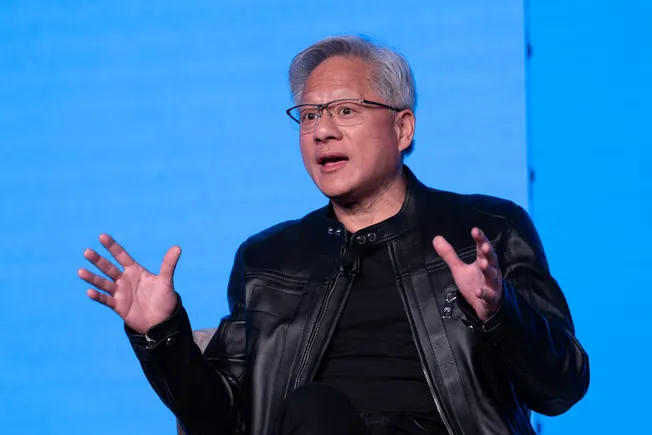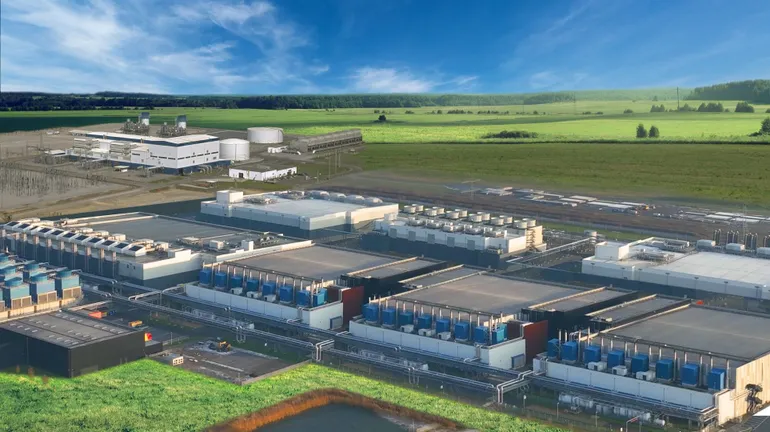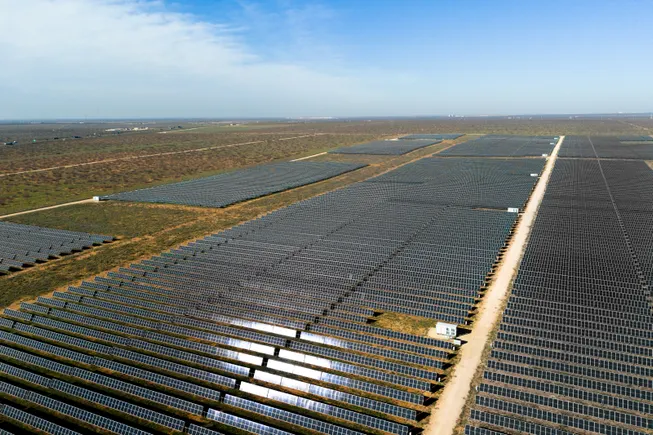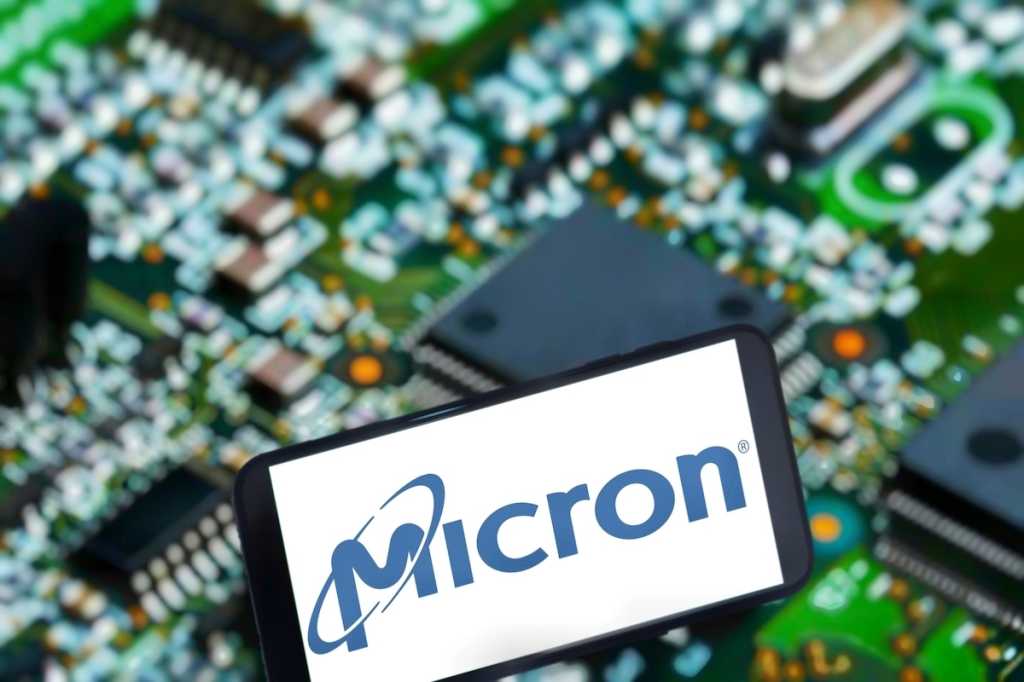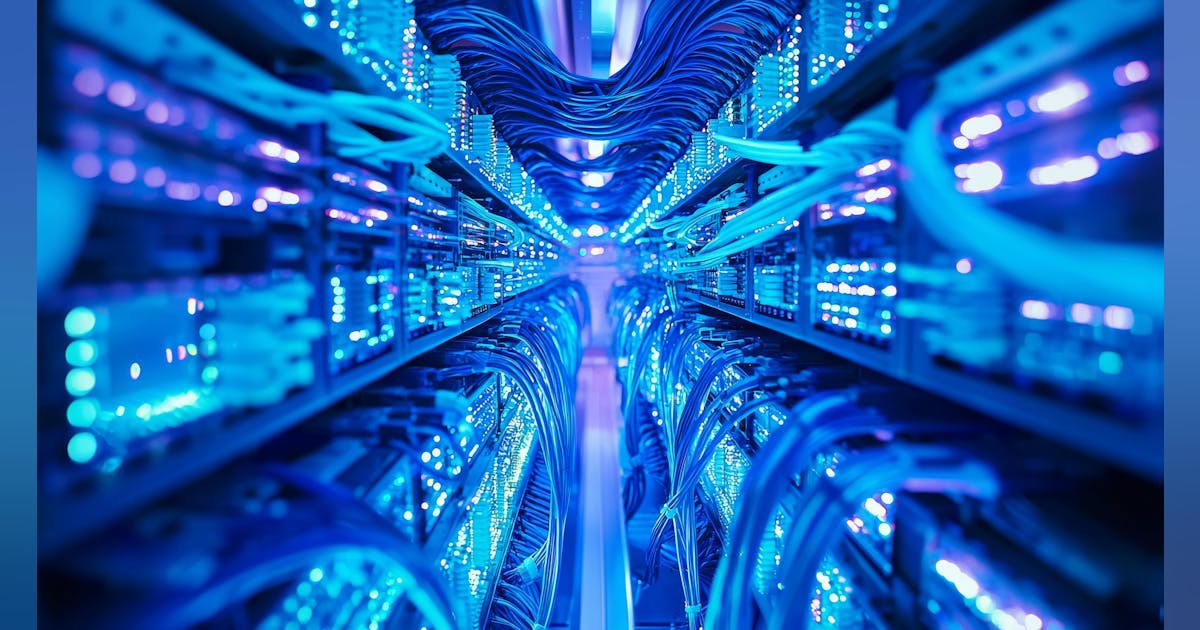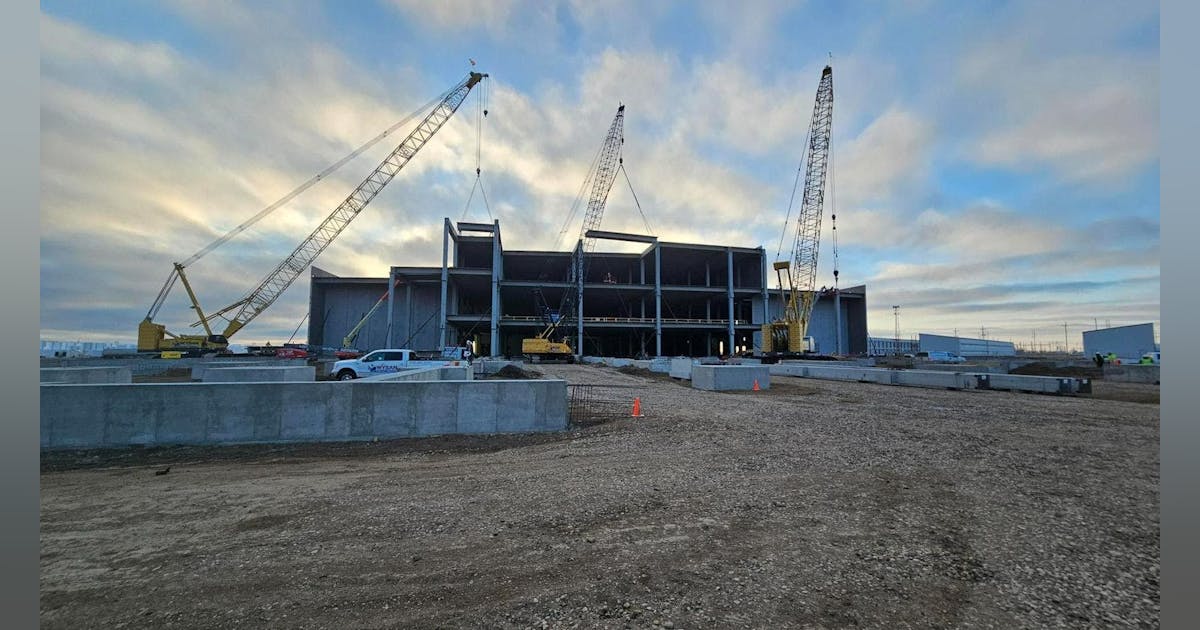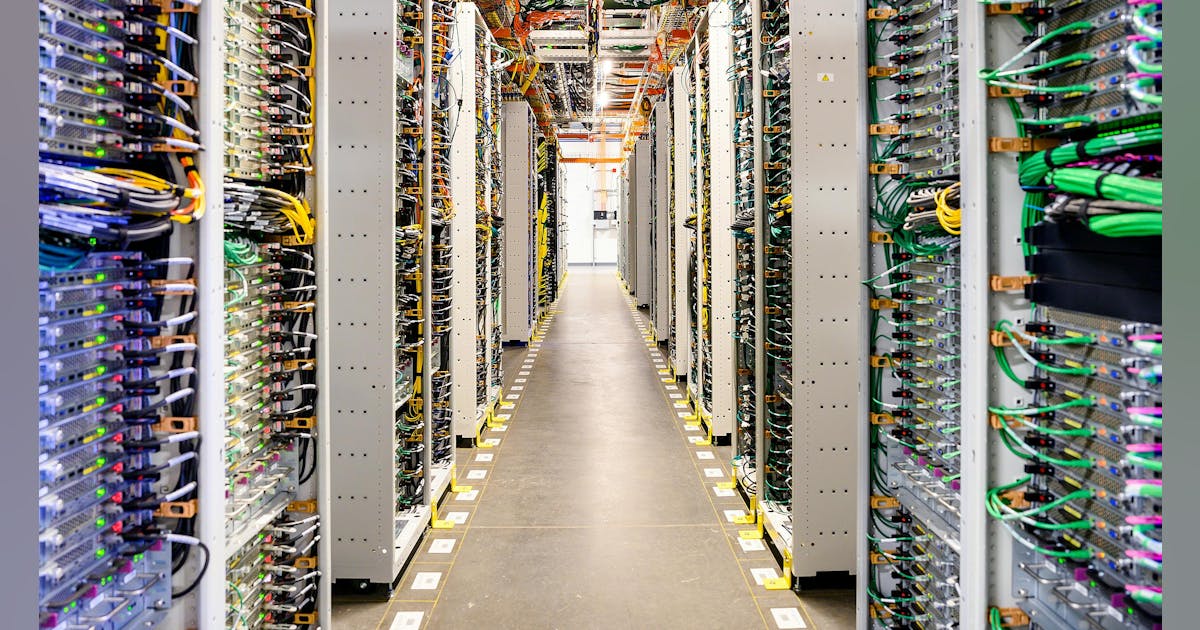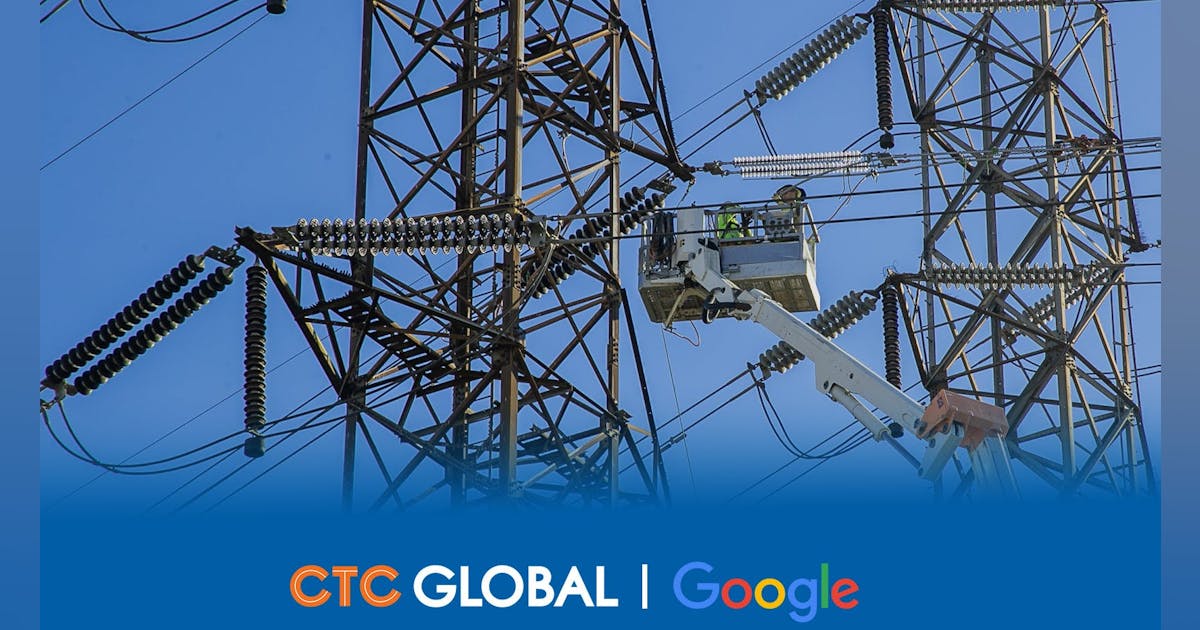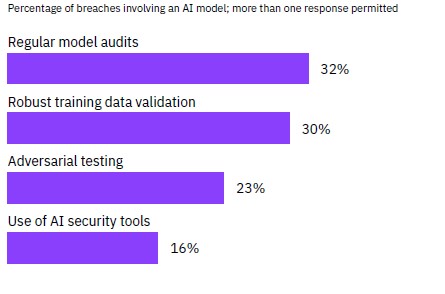
Dive Brief:
- Projections around U.S. data center growth and the electricity necessary to power AI are almost certainly overstated due to global constraints in semiconductor chip production, according to a new analysis completed by London Economics International for the Southern Environmental Law Center.
- Demand forecasts have alarmed utilities that are rushing to add energy resources, despite concerns over impacts on power bills.
- Projected data center demand from the U.S. power market would require 90% of global chip supply through 2030, according to London Economics. “Such a scenario is unrealistic,” the report concluded.
Dive Insight:
The United States is rushing to add new generation and transmission to power a variety of sectors — including transportation, buildings and industry — but data centers are expected to require an outsized portion of the resources.
The U.S. Department of Energy on Monday published a report estimating an additional 100 GW of new peak capacity is needed by 2030, with half of it needed for data centers. Schneider Electric’s 2030 AI power demand scenarios range from about 16 GW to 65 GW.
The uncertainty, and an “upward bias” in projections identified by London Economics, is putting ratepayers at risk, according to SELC.
“Such speculative infrastructure investment creates significant economic risks for ratepayers, who ultimately bear the financial burdens,” SELC Senior Attorney Megan Gibson said in a statement. “Regulators must urgently prioritize transparent, realistic, and evidence-based analyses to ensure infrastructure developments are truly necessary and beneficial, safeguarding communities and promoting sustainable growth in the Southeast and throughout the country.”
The report appears to reinforce some analyst observations that many data center requests appear to be duplicative.
Astrid Atkinson, a former Google senior director of software engineering and now co-founder and CEO of grid optimization software provider Camus Energy, told Utility Dive earlier this year that utilities are seeing five to 10 times more interconnection requests than data centers that will actually be built.
London Economics said it developed an approach to examining the “reasonableness” of data center forecasts by comparing the projected electricity demand increases reported by U.S. grid operators and balancing authorities with the global implied need for semiconductor chips.
The analysis is “meant to be a sanity check on the scale of projected data center growth and by extension the forecast of the aggregated electricity demand growth,” the report said. “LEI found evidence that the high-level forecast is not credible.”
According to the report, AI chip manufacturing capacity has grown about 6.1% annually over the last decade. If that rate were to rise significantly, to 10.7%, it would mean the chip sector could supply an incremental 63 GW of data center-related demand globally through 2030. But U.S. grid operators say they anticipate data center demand growth of 57 GW over the next six years.
“For the forecasts to hold water, this would mean the US would require more than 90% of the world’s new supply of semiconductor chips from 2025 through 2030,” London Economics concluded. “Such a scenario is unrealistic … The United States currently accounts for slightly less than 50% of global semiconductor chip demand, and other regions in the world are also projecting strong demand.”





